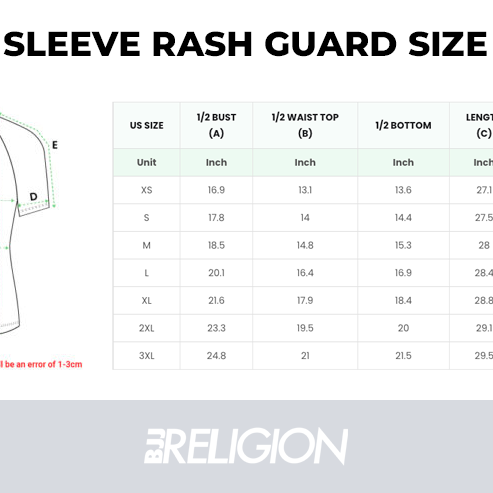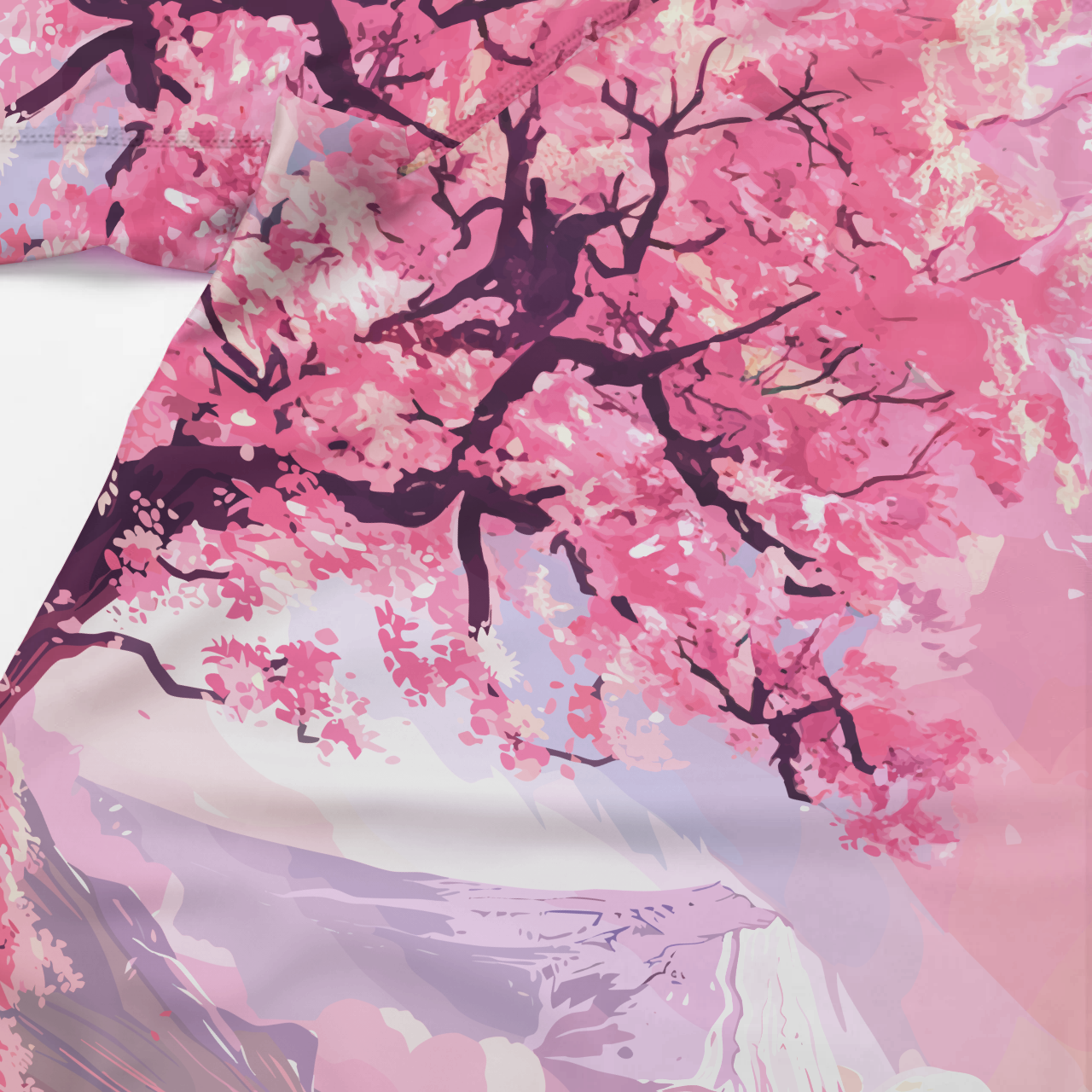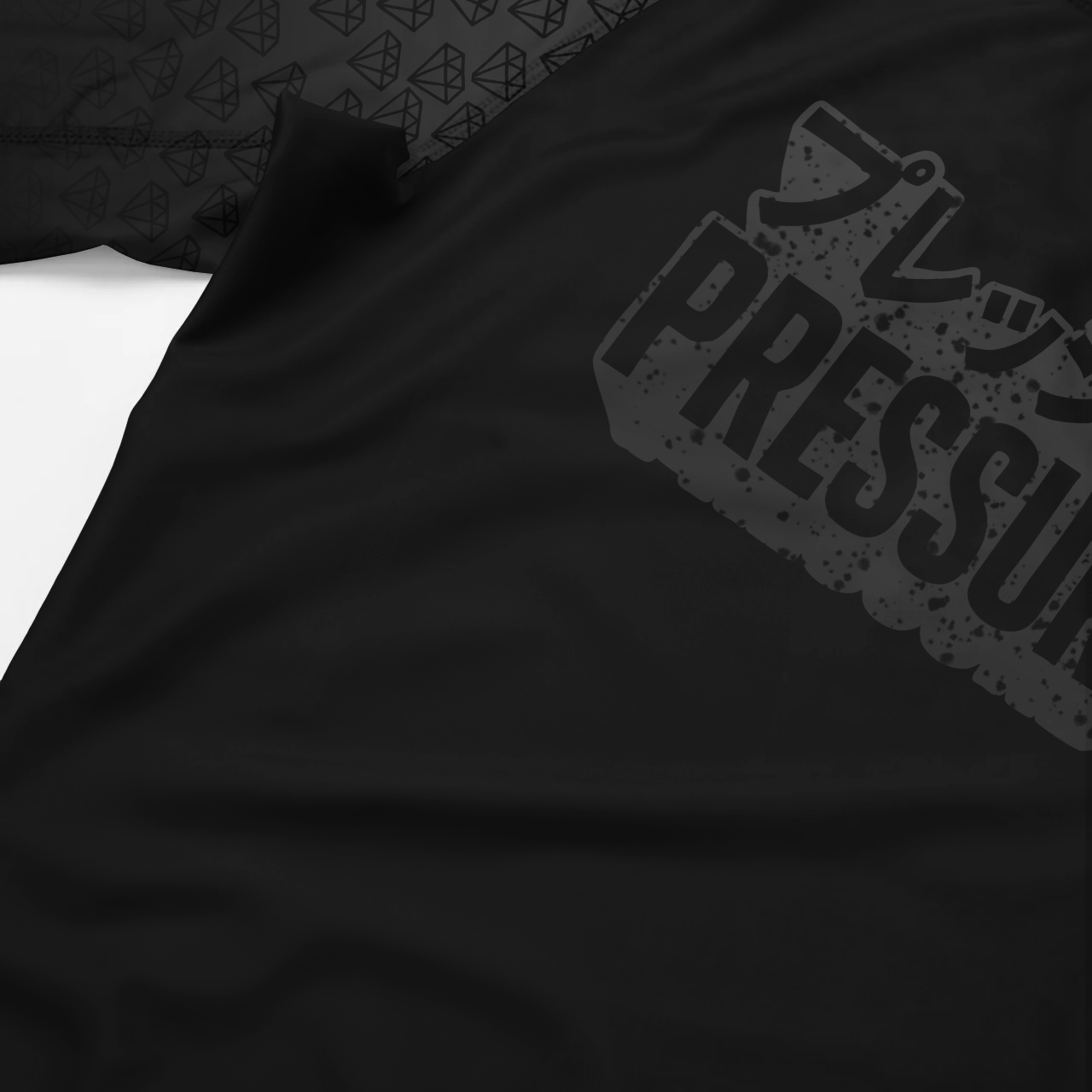BJJ Purple Belt Requirements
Getting a purple belt in Brazilian Jiu Jitsu is not an easy task - this is BJJ after all, not your nephews Karate class.. Purple belt marks the transition from beginner to intermediate, and for many, it's where the real journey begins. As you know, many practitioners quit or lose passion for the art once they hit blue belt, so it's actually quite rare for someone to achieve the rank of purple belt. Becoming a purple belt demands more than just showing up; it requires true dedication, an understanding of both gi BJJ and nogi grappling, and stepping into leadership roles within your gym.
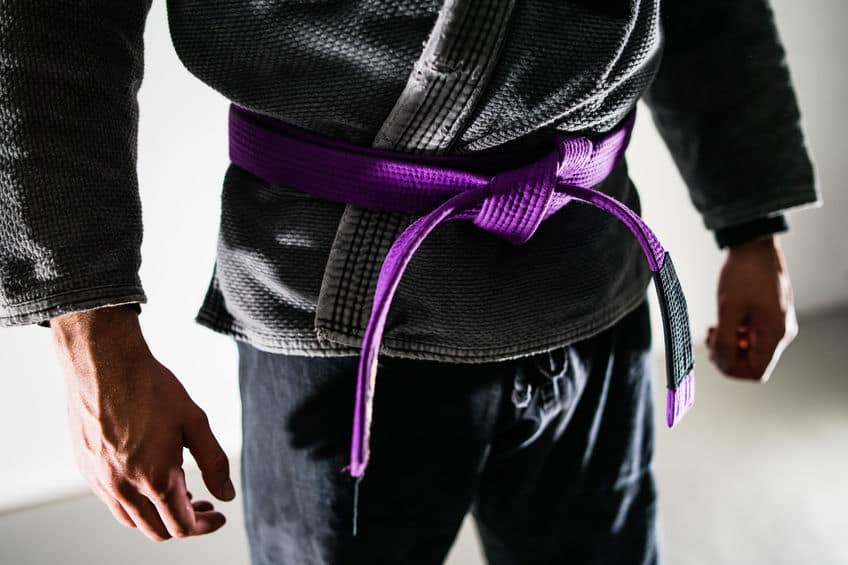
You may have heard the phrase: with great skill comes greater challenges. As expectations rise so does the need for commitment - training harder and smarter becomes paramount. So let’s take a look at what becoming a purple belt truly means, including embracing those new responsibilities and setting yourself apart as not just another grappler but as someone who embodies what BJJ stands for.
The Journey to Purple Belt: A Milestone in BJJ
Reaching the purple belt in Brazilian Jiu Jitsu is not just about collecting another color; it's a profound transformation that shouts, "You're halfway there, but the real challenge begins now."
It typically takes around four years of sweat, strategy, sometimes tears, and most likely a few injuries along the way(masters division joke...). Becoming a purple belt is not merely about attendance; it calls for a commitment so deep, it verges on the edge of obsession.
The Time Commitment and Training Intensity
Achieving purple belt status typically means you've put in hours upon hours over 4+ years into honing your craft. Everything from your normal day to day training, to competition class, open mats, training while on vacation - you're "in it" for the long haul at this point. You may have even missed some family events because your dedication to Jiu Jitsu. Shame on you (Nice work!)
At this point, you've probably done a fair bit of experimenting and creating the foundation of your own personal style and game. You've most likely become pretty efficient at both gi Jiu Jitsu and nogi grappling, and are craving knowledge however you can get it!
Embracing Leadership Roles as a Purple Belt
Once your professor wraps that purple belt around your waist, it's not just about your skills on the mat anymore. You're also stepping into a role where coaching and mentoring become part of your journey.
You may enjoy this part, you may shy away from it. But the fact is that lower belts in your gym will look up to you and seek you out for knowledge and advice, whether you like it or not.
Transitioning from student to teacher marks a significant shift in one's path. As a purple belt, many find themselves in positions where their professor may have them start showing techniques, leading classes or offering one-on-one guidance to lower belts. This isn't just an opportunity; it's a responsibility that hones your understanding of BJJ like never before.
While teaching, you're forced to dissect techniques at a more granular level - often realizing the depth of what you thought you knew inside out. Through teaching you will naturally improve the little details of techniques even further as you articulate them verbally.
Developing Your Personal Jiu Jitsu Game
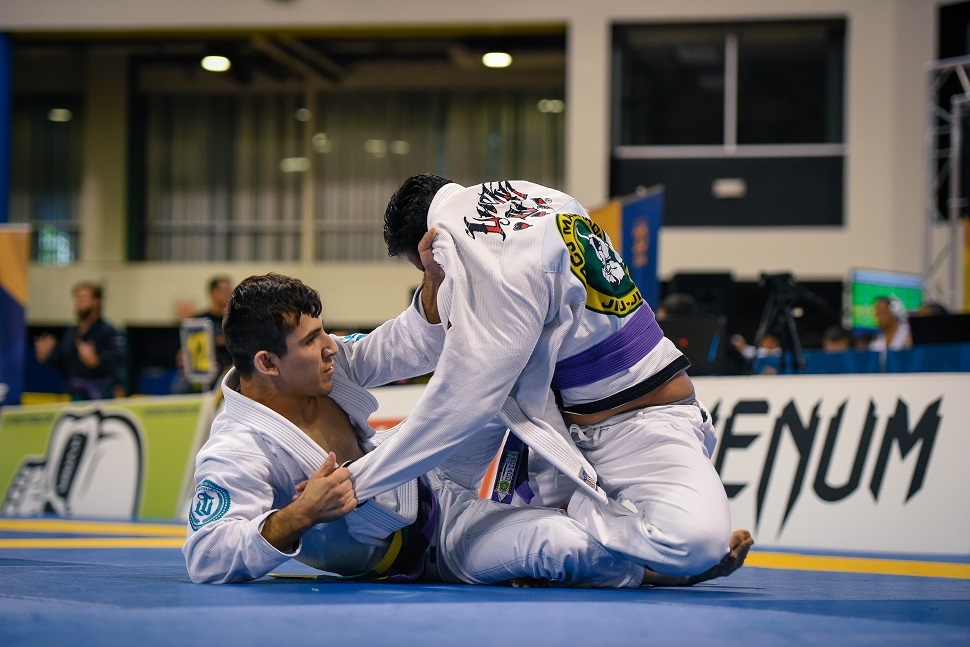
A purple belt in Brazilian Jiu Jitsu is not just another rank; it's the dawn of your personal fighting style. Reaching this rank, you're standing on a sturdy base of skills. Now, think of yourself as an artist with techniques as your palette. It's time to mix those colors.
Purple belts start seeing the big picture, connecting dots between moves they’ve drilled for years. This isn't about memorizing sequences anymore; it’s about crafting strategies that play to your strengths and exploit opponents' weaknesses.
Imagine weaving together sweeps from guard with top control pressure seamlessly - you are starting your transition from practitioner to strategist.
Encouraging Experimentation
Experimentation at purple belt isn’t just encouraged, it’s essential. Why? Because creativity breeds growth on the mats. When you experiment with new combinations or tweak traditional moves, you become a tougher puzzle for opponents to solve.
This phase is all about asking "What if?" What if I combine this sweep with that submission? Push boundaries but remember: experimentation should build upon your fundamentals, not replace them.
The Demand for Higher Commitment
Reaching purple in Jiu Jitsu isn't just about celebrating a new color around your waist, after all those blue belt blues can still hit us a purple belt. It's now time to ramp up everything you've been doing. The sweat and effort you poured into getting here? They're now your baseline.
Navigating this phase demands the integration of additional training to meet the evolving hurdles head-on. This doesn’t mean just rolling more; it means targeted physical conditioning, drilling techniques until they’re second nature, and studying matches to sharpen strategic thinking and to better understand the minor details in techniques.
You're no longer just another face on the mat; upper belts see you as worthy adversaries while lower belts look up to you as an example. The dynamics shift drastically.
This change isn't subtle. It's like to moving from high school baseball straight into the major leagues, everyone expects more from you now, including yourself. You may even start to realize those brown and black belts may have been taking it easy on you at blue belt, because these rolls are definitely harder now!
How To Grow As a Purple Belt?
Seek Extra Training Opportunities
If you're a purple belt, chances are you've already got the basics down pat. But to truly excel, you should never stop training and learning - especially outside of your normal academy. This one may be a bit controversial, and definitely make sure to communicate with your professor when and where you do cross-train.
Attending open mats at other gyms is a great way to get better. It's not just about rolling with new people; it's an invitation to see how different schools approach techniques and strategies. This cross-training for BJJ practitioners is invaluable for broadening your horizon and picking up nuances that might be missing in your home gym.
Besides hitting up other gyms, consider setting up supplemental practice sessions with peers or other higher belts who can push you further. Engaging in these gatherings offers the chance to hone specific skills or explore innovative maneuvers, all within a relaxed environment free from the usual class formalities.
Setting Clear Goals
As a purple belt, you're no longer grappling in the dark; you know what works for you and what doesn’t. It’s time to set specific goals: perhaps winning a particular tournament, mastering that one move that always seems to slip through your fingers during practice, or maybe just to start giving back by teaching others.
Conclusion
So, what does a BJJ purple belt mean? It's the symbol of transitioning from beginner to an adept practitioner. You've learned it signifies dedication, understanding of the basics and proficiency in both gi and nogi grappling, as well as stepping into leadership roles.
You should grasp that mastering different styles shapes you as a unique fighter on the mats. Teaching deepens your own BJJ knowledge while developing your distinct style is crucial.
To excel, it's essential to push yourself in both effort and strategy on this journey. Dive into fresh duties with enthusiasm, eager to tackle them head-on. Distinguish yourself by truly living the essence of BJJ.
In short, getting there takes grit; staying there takes more than just skill, it requires dedication. And remember: every roll from here is a step towards your brown belt.





















